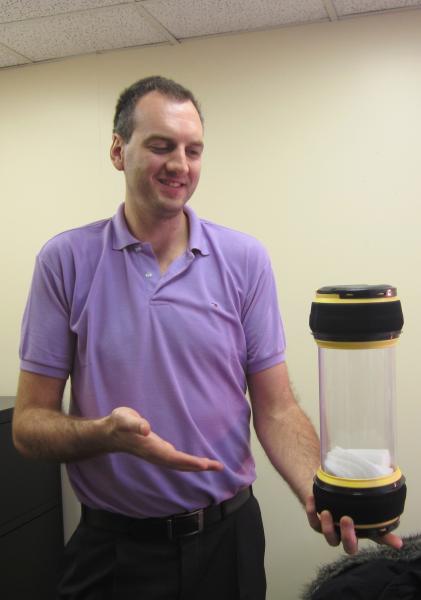Brand new veins for the Glen site!
The Glen site will be a cutting-edge academic health centre filled with the latest and most modern equipment to improve both work flow and the delivery of care to patients. Among these innovative pieces - and probably the largest one of all is the pneumatic tube system.
Hidden behind the walls of the Glen, the pneumatic tubes will be the veins of the Glen site. With an estimated 5,000 transactions per day, they will carry blood, medication and emergency medical items to our medical professionals. According to Terrence Meehan, Director of Logistics, “since the Glen is so large, materials will sometimes have to travel distances of 1,000 feet and many stories up or down; pneumatic tubes will help deliver critical items, medicine and even blood quickly, which is extremely important in a tertiary and quaternary care institution.”
Users can also program the pneumatic tube system to prioritize certain capsules that need to be received or analyzed quickly; the system can then slow the progress of all other deliveries to prioritize a specific one. Only authorized personnel will be able to use the pneumatic tube system.
“Together with our hard-working porters, the pneumatic tubes will help ensure that patient care is delivered quickly and that workflow, from the lab to the emergency department to the patient’s bedside is as efficient as possible,” concludes Mr. Meehan.
 |
Pierre-Étienne Fortier, planner, explains how this capsule will travel through the pneumatic tube system at the Glen site. |
Interesting facts about the Pneumatic tube system
- A capsule in the pneumatic tube system can travel 20 feet per second - which is a little over 20km/h.
- The size of a capsule is similar to that of a 2L plastic bottle
- Capsules that go into the system are RFID tagged and can be tracked: i.e. a capsule can’t get lost; personnel will be able to track its progress at all times. Carriers can also be returned automatically to their sending stations after delivery
.
